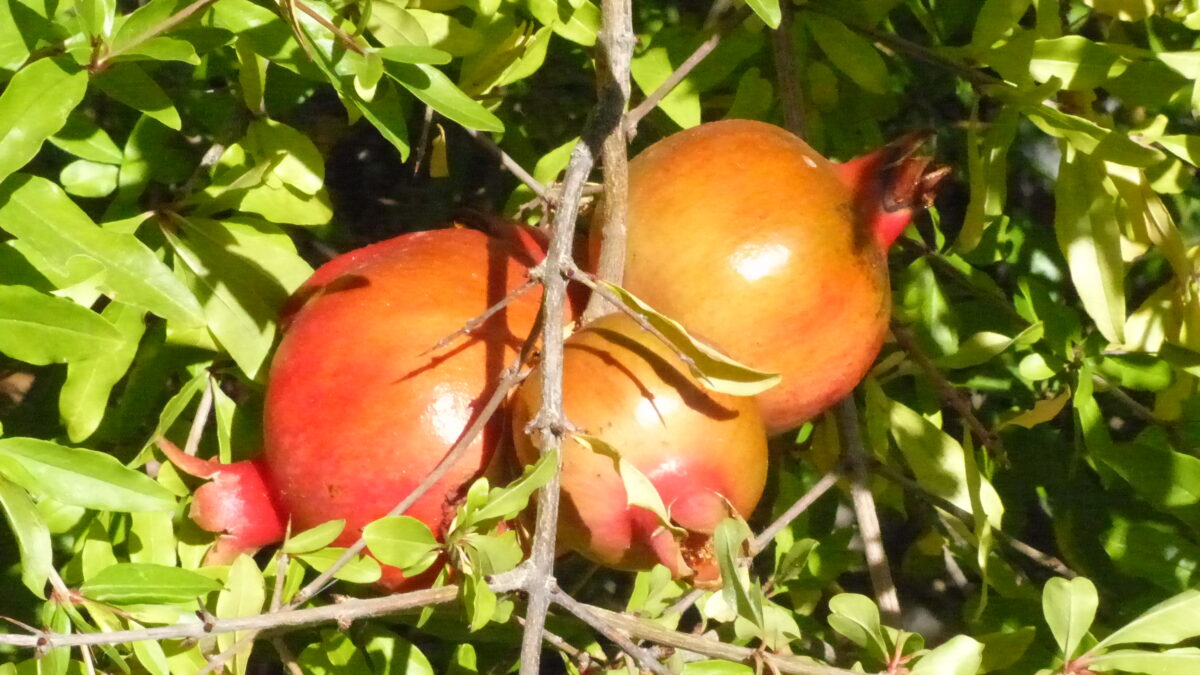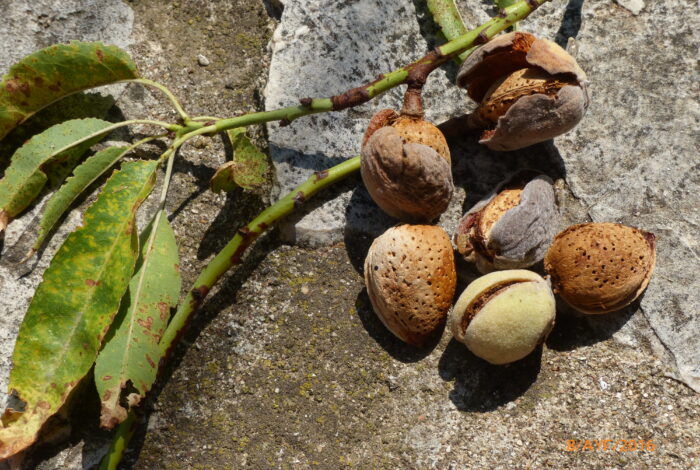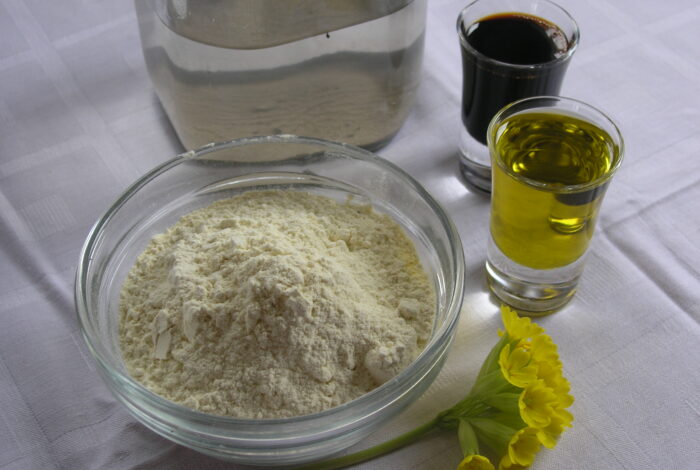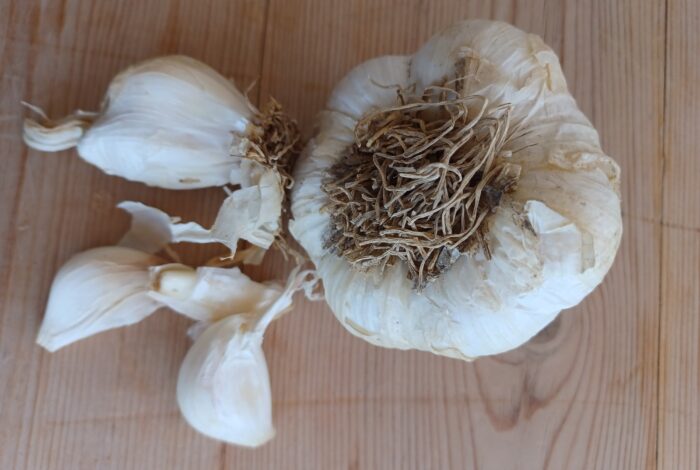Soultana-Maria Valamoti
A variety of fruits were cultivated during the long millennia of the Neolithic Period, such as grapes, figs, blackberries, wild pears and others; pomegranates were a relatively late addition to this variety and the orchards of prehistoric Greece. Pomegranate trees appear sporadically in southern Greece in the Bronze Age; for example, wood from a pomegranate tree has been uncovered at Akrotiri, in Santorini. It was likely introduced to the Aegean basin from the regions south of the Caspian Sea, transported through a network of trade hubs. The Odyssey (8th century BC) mentions pomegranates among other fruit-bearing trees, such as olives, figs, pears, apples and grape vines, cultivated in the orchards of Alcinous. Homer also states that pomegranates grew in an orchard in Hades where Tantalus was subjected to perpetual torment. The fruit of the pomegranate tree provides a link between the underworld and the world of the living as, according to the Homeric Hymn to Demeter, Hades gave Persephone sweet pomegranate seeds to taste, to ensure that she would return to him. After Homer though, the only archaic source to mention pomegranates is Aeschylus (6th – 5th century BC). References to pomegranate trees and their fruit began to appear more frequently in the 5th century BC, primarily connected with the perceived therapeutic qualities of the seed and its peel. While the pomegranate seeds given to Persephone is described as being sweet as honey, Aeschylus describes them as both sweet and sour. It is thus likely that, just like in the modern day, there were already different varieties of pomegranate in antiquity, some sweeter and others sour. This is far from a remote possibility, given what we know about other crops cultivated in antiquity, such as grains and legumes.
The comic poets frequently included pomegranates in lists of foodstuffs; in fact, the parodist Matron (4th century BC) includes pomegranates together with pears, apples and grapes among those sweets consumed after meals. The Hippocratic corpus also makes frequent references to pomegranates in medical formulas. Once again, pomegranates are distinguished into sweet, sour, and wine-like varieties.
The latter seems to suggest over-ripened fruits, the sugars of which had begun to ferment inside the peel.
In the modern day, pomegranate trees continue to grace village orchards as well as urban spaces, both when flowering in May/June and when heavy with fruits, in autumn. In recent years, pomegranate trees have seen systematic cultivation, with their fruit juices sold on the market. Traditional recipes that make use of their sweet seeds include Varvara, a type of panspermia, as well as kolyva – a confection served during special occasions that helps connect the living with the deceased and the divine. In this, they harken back to the ancient connection between the living and the dead for which the pomegranate is known, as the tale of Hades, Persephone and the pomegranate seeds testifies.










